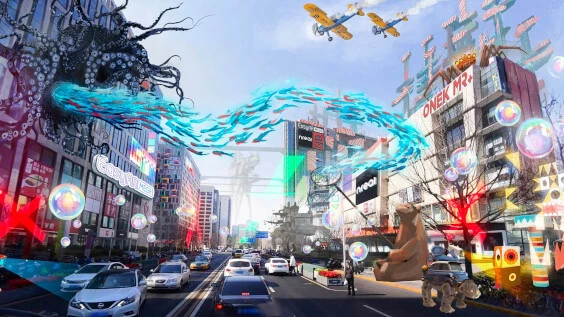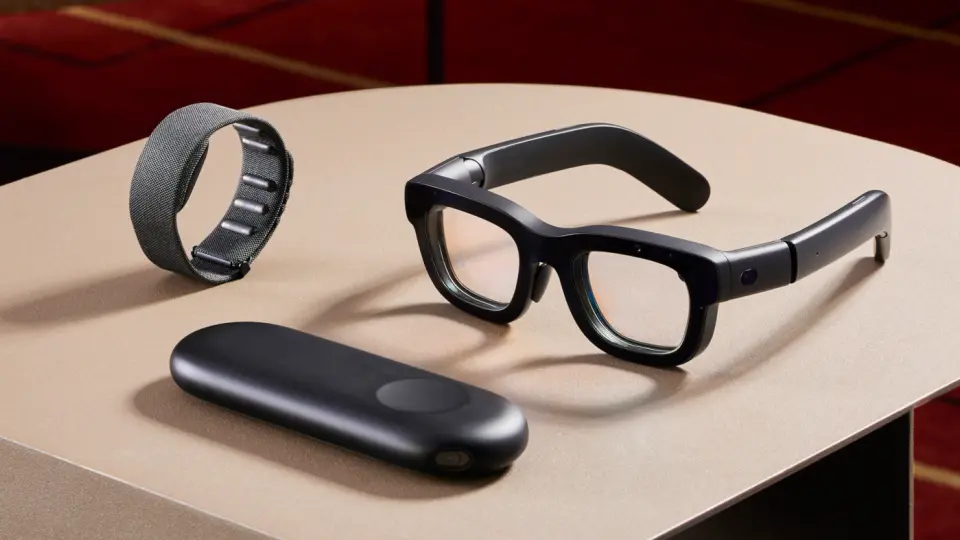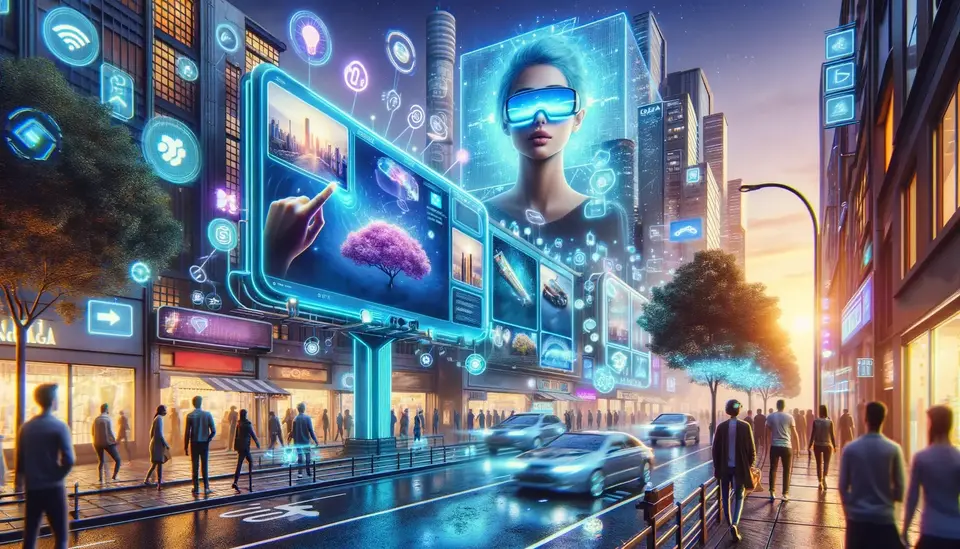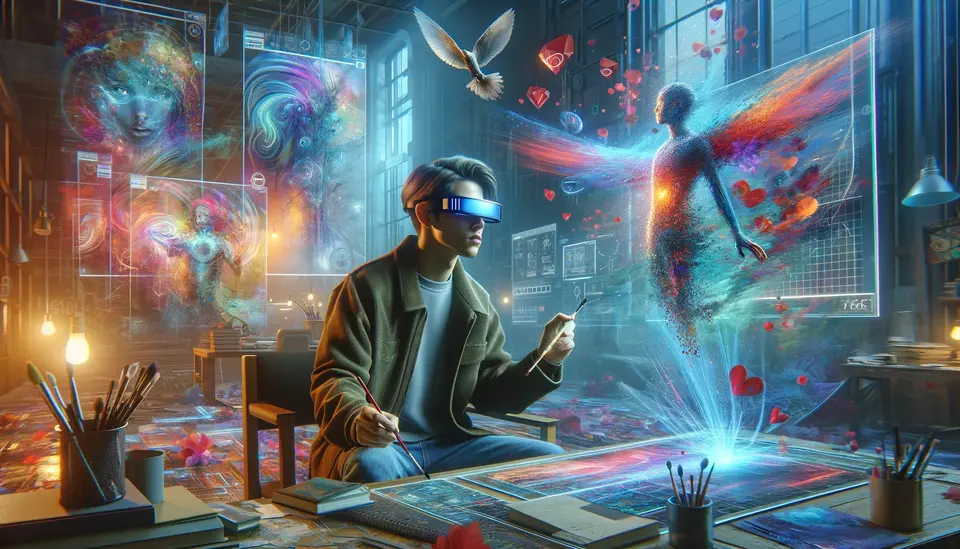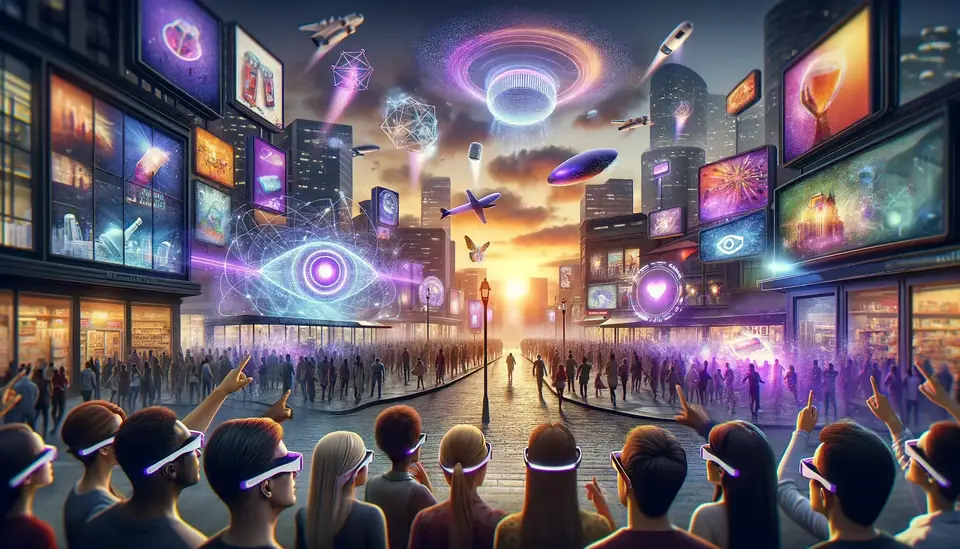The Future of Augmented Reality
Posted on March 18, 2023 3 minutes 574 words
Table of contents
Imagine a world where digital information seamlessly integrates with our physical surroundings, enhancing our daily experiences and making our lives more efficient. This is the future of augmented reality (AR), an immersive technology that has the potential to revolutionize various industries and transform the way we live, work, and interact. In this blog post, we will explore the advancements in AR technology, its applications in everyday life and the workplace, and the social and ethical considerations we must address to ensure a bright future for AR.
The Future of AR in Everyday Life
AR has the potential to enrich our daily lives in numerous ways. From providing real-time navigation assistance and language translations to revolutionizing gaming and entertainment, AR can make our lives more enjoyable and efficient. In education, AR can offer immersive learning experiences, allowing students to visualize complex concepts and engage with interactive content. The retail and e-commerce sectors will also benefit from AR, as consumers can virtually try on clothes, preview furniture in their homes, and make more informed purchasing decisions.

Advancements in AR Technology
The AR landscape has evolved rapidly in recent years, with significant improvements in both hardware and software. Lightweight smart glasses and contact lenses have made AR devices more comfortable and accessible, while AI integration and computer vision advancements have allowed for more accurate and realistic digital overlays. Furthermore, the rollout of 5G networks has greatly enhanced the speed and reliability of AR experiences, enabling real-time data processing and seamless interaction with digital content.
Immersive technologies, such as haptic feedback and spatial audio, are also being integrated into AR systems, adding new dimensions to the user experience and blurring the lines between the digital and physical worlds.
AR in the Workplace
The applications of AR extend beyond personal use and into various industries. Healthcare professionals can utilize AR for remote surgeries, medical training, and patient consultations. Manufacturing and construction industries can also benefit from AR, as workers receive real-time guidance on assembly procedures and on-site design visualization. Furthermore, AR can enhance remote collaboration, allowing teams to work together effectively regardless of their physical location.
Social and Ethical Considerations
Despite its potential, AR technology also raises some social and ethical concerns. Privacy and data security are major issues, as the extensive data collection required for AR systems could be exploited by malicious actors. The digital divide may also widen, with less privileged individuals lacking access to AR technology and its benefits. Additionally, the psychological impact of AR on human behavior warrants careful consideration, as we must strive to maintain a balance between the virtual and real worlds.
Looking Forward: The Integration of AR and Other Emerging Technologies
The future of AR is intertwined with other emerging technologies, such as virtual reality (VR), artificial intelligence (AI), and the Internet of Things (IoT). The convergence of these technologies will lead to new and innovative applications, potentially playing a critical role in the development of smart cities and other large-scale projects.
Conclusion
The future of augmented reality holds immense promise, with the potential to transform industries and enrich our lives in countless ways. However, it is crucial that we address the social and ethical considerations associated with AR to ensure responsible development and widespread adoption. By doing so, we can pave the way for a world where AR enhances our experiences, making our lives more connected, efficient, and enjoyable.

